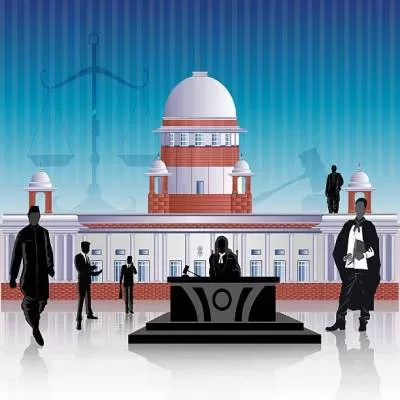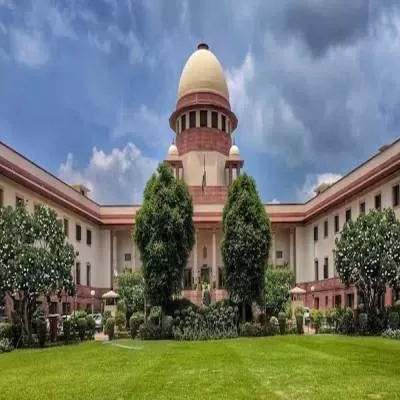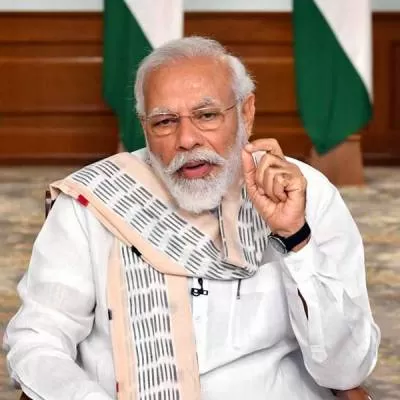- Home
- Infrastructure Urban
- ECONOMY & POLICY
- Reforming India
Reforming India
Whatever your position, realty in reality, according to Cushman & Wakefield (C&W), in India, from 2011-15, is likely to witness a demand for 3.94 million housing units growing at a CAGR of 11 per cent. The total housing demand across the top seven cities during this period is also expected to be around 2.36 million units. Of this, the mid segment is expected to be around 45 per cent. In contrast, the affordable housing segment is likely to register three times more demand than supply. India’s rural 700 million have very poor penetration levels of being served by choices in consumer goods; the ability to be served with a choice is a luxury in itself. Aspiration to match one’s urban cousins or wear the same outfit as Kareena Kapoor or Salman Khan is driving the rural appetite, which has been whetted by rising incomes from better productivity in farmlands and the sharp rise in land prices owing to infrastructure projects.
There comes a point when the rise in real estate prices starts giving negative returns to several businesses and then they chase alternatives. The BPO and ITES businesses have been driving the growth in Tier-II and Tier-III cities in the quest to find sustainable costs. Progress with JNNURM, which was commissioned to undertake urban renewal, has been tardy. Of the 500 mega projects sanctioned under JNNURM, 120 have been commissioned. Now JNNURM II, a revised version, is in the final stages of preparation; the exact allocation and sectors are yet to be finally closed. It is expected to be a significant increase over the first phase at around $35-38 billion. According to McKinsey, by 2030, nearly 70 per cent of the GDP will come from cities. Besides, providing services in concentrated population centres like cities is 30-50 per cent cheaper in comparison with sparsely populated centres. So urbanisation is a natural phenomenon. And given the ceiling on pricing in terms of sustainability, the time for Tier-II and Tier-III cities is on the horizon.
Meanwhile, growth figures are crumbling and now even the Planning Commission is worried. The estimate for India’s GDP keeps falling a few notches every month. Lowering of interest rates is the single act that could ease the industry’s huge burden while easing of regulatory measures to facilitate project clearances expeditiously could be the single biggest reform the current government can bring about. The whole brouhaha over retail is completely misplaced – apart from some large big ticket real estate deals and making the right noises with some brands, this single piece of legislation reform will only heighten tension between the allies in the UPA, which will further paralyse any further reform. So given the situation, simple execution of already announced projects and policies could be the single biggest reform.
Mark your dates for our own INDIA CONSTRUCTION FESTIVAL, which will run from September 12 to 15, 2012. The festival is a confluence of three powerful networking events:
• Infrastructure Today Leadership Summit (September 12-13)
• 10th Construction World Global Awards (September 12)
• 4th Equipment India Conference (September 14-15)
Log on to www.IndiaConstructionFestival.com for more details.
Census 2011 indicates an increase in urban areas by about 54 per cent from 5,161 towns in 2001 to 7,935 in 2011. The total urban population is about 377.1 million (31.16 per cent) of the total of 1,210.19 million. There are 468 cities with a population of over 100,000, of which 53 cities have a population in excess of 1 million. Welcome to the emerging urban sprawl or the decimation of quaint rural areas depending on your position in the debate for or against urbanisation.Whatever your position, realty in reality, according to Cushman & Wakefield (C&W), in India, from 2011-15, is likely to witness a demand for 3.94 million housing units growing at a CAGR of 11 per cent. The total housing demand across the top seven cities during this period is also expected to be around 2.36 million units. Of this, the mid segment is expected to be around 45 per cent. In contrast, the affordable housing segment is likely to register three times more demand than supply. India’s rural 700 million have very poor penetration levels of being served by choices in consumer goods; the ability to be served with a choice is a luxury in itself. Aspiration to match one’s urban cousins or wear the same outfit as Kareena Kapoor or Salman Khan is driving the rural appetite, which has been whetted by rising incomes from better productivity in farmlands and the sharp rise in land prices owing to infrastructure projects.There comes a point when the rise in real estate prices starts giving negative returns to several businesses and then they chase alternatives. The BPO and ITES businesses have been driving the growth in Tier-II and Tier-III cities in the quest to find sustainable costs. Progress with JNNURM, which was commissioned to undertake urban renewal, has been tardy. Of the 500 mega projects sanctioned under JNNURM, 120 have been commissioned. Now JNNURM II, a revised version, is in the final stages of preparation; the exact allocation and sectors are yet to be finally closed. It is expected to be a significant increase over the first phase at around $35-38 billion. According to McKinsey, by 2030, nearly 70 per cent of the GDP will come from cities. Besides, providing services in concentrated population centres like cities is 30-50 per cent cheaper in comparison with sparsely populated centres. So urbanisation is a natural phenomenon. And given the ceiling on pricing in terms of sustainability, the time for Tier-II and Tier-III cities is on the horizon.Meanwhile, growth figures are crumbling and now even the Planning Commission is worried. The estimate for India’s GDP keeps falling a few notches every month. Lowering of interest rates is the single act that could ease the industry’s huge burden while easing of regulatory measures to facilitate project clearances expeditiously could be the single biggest reform the current government can bring about. The whole brouhaha over retail is completely misplaced – apart from some large big ticket real estate deals and making the right noises with some brands, this single piece of legislation reform will only heighten tension between the allies in the UPA, which will further paralyse any further reform. So given the situation, simple execution of already announced projects and policies could be the single biggest reform.Mark your dates for our own INDIA CONSTRUCTION FESTIVAL, which will run from September 12 to 15, 2012. The festival is a confluence of three powerful networking events:• Infrastructure Today Leadership Summit (September 12-13)• 10th Construction World Global Awards (September 12)• 4th Equipment India Conference (September 14-15)Log on to www.IndiaConstructionFestival.com for more details.




















